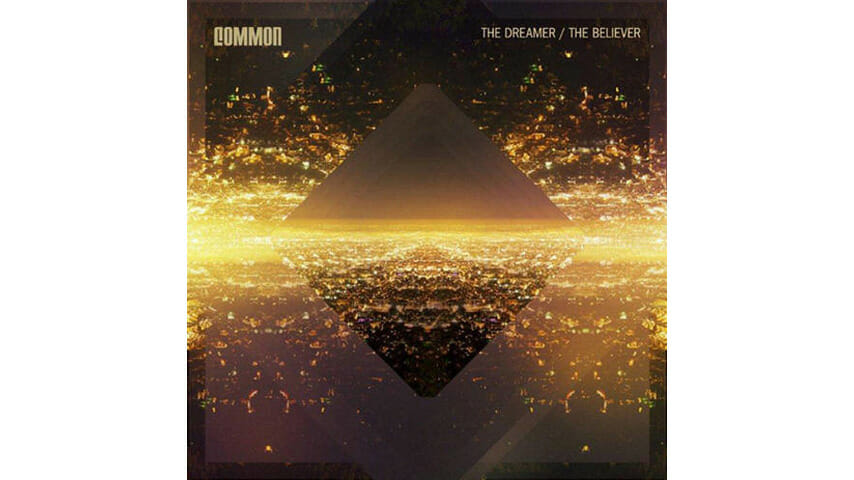Common: The Dreamer/The Believer

2011 has been a banner year for experimental hip-hop. OFWGKTA, Das Racist and Big K.R.I.T. brought mixtape hip-hop to the mainstream, The Roots made a concept album based around a Sufjan Stevens song, The Weeknd and Frank Ocean played with the boundaries of what could be done in rap production, and Jay-Z and Kanye West decided to sample Blades of Glory and rap about fish fillets. But at the end of the year, we get the last important hip-hop release of 2011, Common’s The Dreamer/The Believer, which sounds like Common has decided to ignore the trends of the past few years and remain decidedly grounded in ‘90s hip hop, a sound that works best for him.
-

-

-

-

-

-

-

-

-

-

-

-

-

-

-

-

-

-

-

-

-

-

-

-

-

-

-

-

-

-

-

-

-

-

-

-

-

-

-

-








































